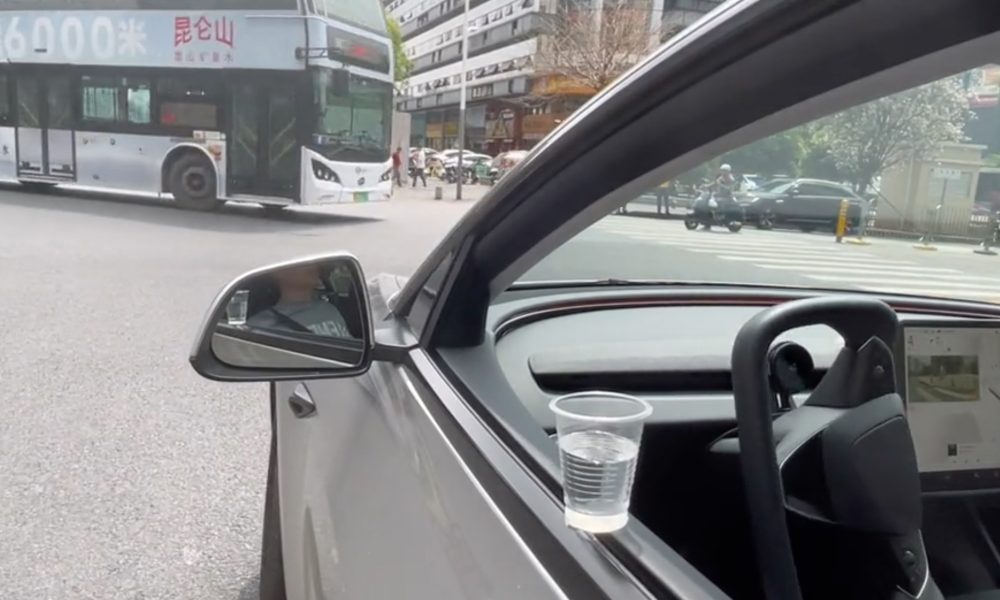China has tripled the amount of time visitors can spend in the country without a visa, in a new bid to lure more foreign tourists.
China’s State Administration of Immigration has announced that the country will expand its visa-free stopover to 240 hours (10 days) across the board.
Previously, there were two tiers, allowing eligible travelers to visit for 72 hours (3 days) or 144 hours (6 days), depending on the destination.
The transit program, a popular ‘hack’ for foreign tourists who want to visit China but find the visa process too complicated or overwhelming, allows visitors with existing flight bookings from China to a third country or territory to obtain a visa upon arrival at a Chinese airport and travel for a short period of time before you leave.
Citizens of more than 50 countries, including the United States, are eligible for the program.
China has made no secret of its desire to increase the number of international visitors and has made several major policy changes since reopening after the Covid-19 pandemic.
And it seems to work.
The number of foreigners entering mainland China in the third quarter of the year reached a record high in 2024 since tracking began in 2014, according to data from the National Immigration Administration.
Passport holders from 38 countries can enter China visa-free for up to 30 days, including France, Malaysia, New Zealand, Japan and Switzerland.
However, the United States is not one of them. Until 2023, U.S. citizens seeking a travel visa for China were required to confirm a hotel booking, itinerary and flight reservation before applying for a visa, but those requirements have since been dropped.
Foreigners eligible to visit under the new 240-hour transit policy will be allowed to travel between 24 provincial regions, up from 19 previously. While a few of those provinces restrict entry to certain cities, most allow travel throughout the region, with tourist hotspots including Beijing, Shanghai, Chengdu and Guangzhou.
However, special areas such as Tibet and Xinjiang require additional permission.
Meanwhile, Hong Kong and Macau both count as third destinations for those entering under the 240-hour visa-free transit program.
According to the latest statistics cited by state media, more than 29 million foreigners entered the country between January and November 2024, a year-on-year increase of 86.2%. Of these, 17 million people entered under the visa-free program, a year-on-year increase of 123.3%.
More than four million of them entered through Shanghai, making it the most popular place to visit.
Visa simplification is not the only change China has made to lure foreign tourists.
The two largest e-payment apps, WeChat and AliPay, now accept non-Chinese credit cards, have built-in translation software and streamlined identity verification processes.
In addition, the government has mandated that major tourist attractions and three-, four- and five-star hotels all accept international credit cards.
CORRECTION: This story has been updated to remove references to China’s previous visa-free transit policy, which is no longer in effect.
Editor’s note: CNN’s Fred He and Maggie Hiufu Wong reported.
For more CNN news and newsletters, create an account at CNN.com










